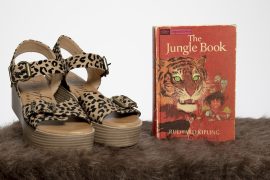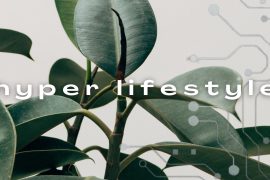[dropcap letter=”J”]ordan Smith is an interior designer for Comlux, where she coordinates the design of luxury aircraft cabins. In addition to that, she is also an activist who focuses mainly on sustainability and zero waste living. She explores how these ideas interconnect with forms of oppression and capitalism. Smith runs a blog that focuses on helping people become more sustainable, as well as events and resources that are helpful. She is launching a sustainable fashion online store with her friend and business partner, Cori Allen. The shop will be opening online in August, so bookmark the shop to keep it handy. Smith is a Resource Council Member of Earth Charter Indiana, as well as a member of Conscious Living Community. Smith has a passion for helping others understand that design and sustainability can and must work together, and recognizes how important both are. Her experience as an interior designer for high end air travel has given her a unique perspective on combining the two. We discussed some books that focus on these issues and why it’s so important for the fashion industry to make sustainability a top priority. Follow her on Instagram as well as her blog Instagram.
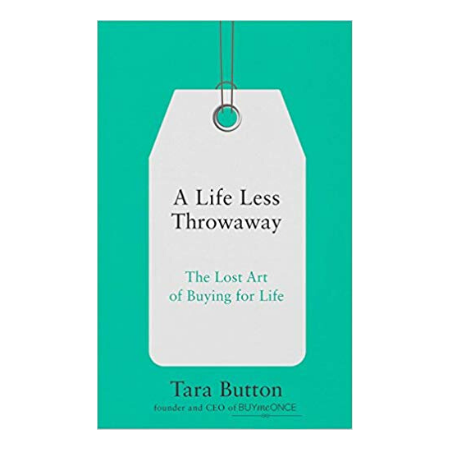
A Life Less Throwaway
By Tara Button
I would much rather be able to focus on things I truly value that captivate purpose in life, then be distracted by comparing everything to everyone else. Fast food, fast fashion, and next day shipping have created a throwaway culture on our already wasteful and overpopulated planet, and I am so over it. Tara Button taps into a lifestyle of “mindful curation,” choosing very specifically the objects in which we allow into our lives, while ensuring these items will last in the long run.
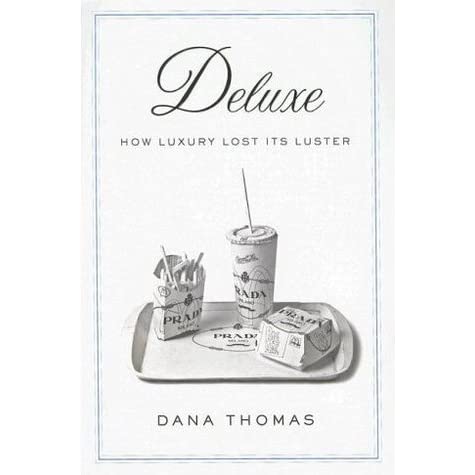
Deluxe: How Luxury Lost Its Luster
By Dana Thomas
As our culture, financing, and fashion worlds evolve, so are marketing and advertising tactics. While luxurious lifestyles in the past were extremely limited to the very few, it has become more common to see luxury brands get caught up in the world of convenience. Value in today’s society is placed in company growth, brand awareness, and profit. Which essentially means that if you hire the best branding team out there, you can market the most sparkly “luxurious” product you want and be just fine. Old money absolutely still holds a place in this world, but many companies have cracked the code to the world of the esoteric elite. Dana Thomas digs into the dark side of aristocratic fashion.

“What Decolonizing Fashion Has To Do With #BlackLivesMatter”
Article by Melissa Jun Rowley
Environmental racism and the zero waste movement are inextricably linked. With that being said, the zero waste movement is privileged. Being able to remove every single piece of plastic you use every day in your life is privilege. Every time you touch something plastic, note it. Think about it. Then think about who has handled that item. Who made it? Were they working in a safe environment? What would it cost for you to live without that item? What is the cost of the time it would take you to research an alternative option? If you have time and money to think about these things, you have privilege. While living an ethical and sustainable lifestyle is more than a plastic bag, some people get tripped up in these beginning steps and the message can become misconstrued. So, step 1: Acknowledge your privilege and get comfortable with being uncomfortable. Step 2: Grow. Dominique Drakeford explains, “The fashion industry disproportionately affects black and brown communities both in the states and globally, based on the structural racism of positionality and the systems of lack of information and protection.”
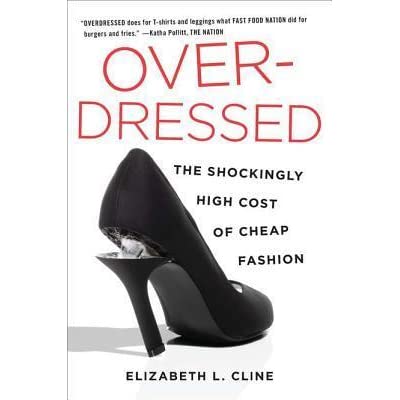
Overdressed: The Shockingly High Cost of Cheap Fashion
By Elizabeth L. Cline
Elizabeth Cline brings to light the monster that our global convenience culture has created within the fashion industry and focuses on how this then affects the United States. How are companies like Target and JC Penny continuously adding to their clothing racks with the same low prices as other costs continue to inflate? The book Overdressed reviews how fast fashion affects society, the environment, and our economy.
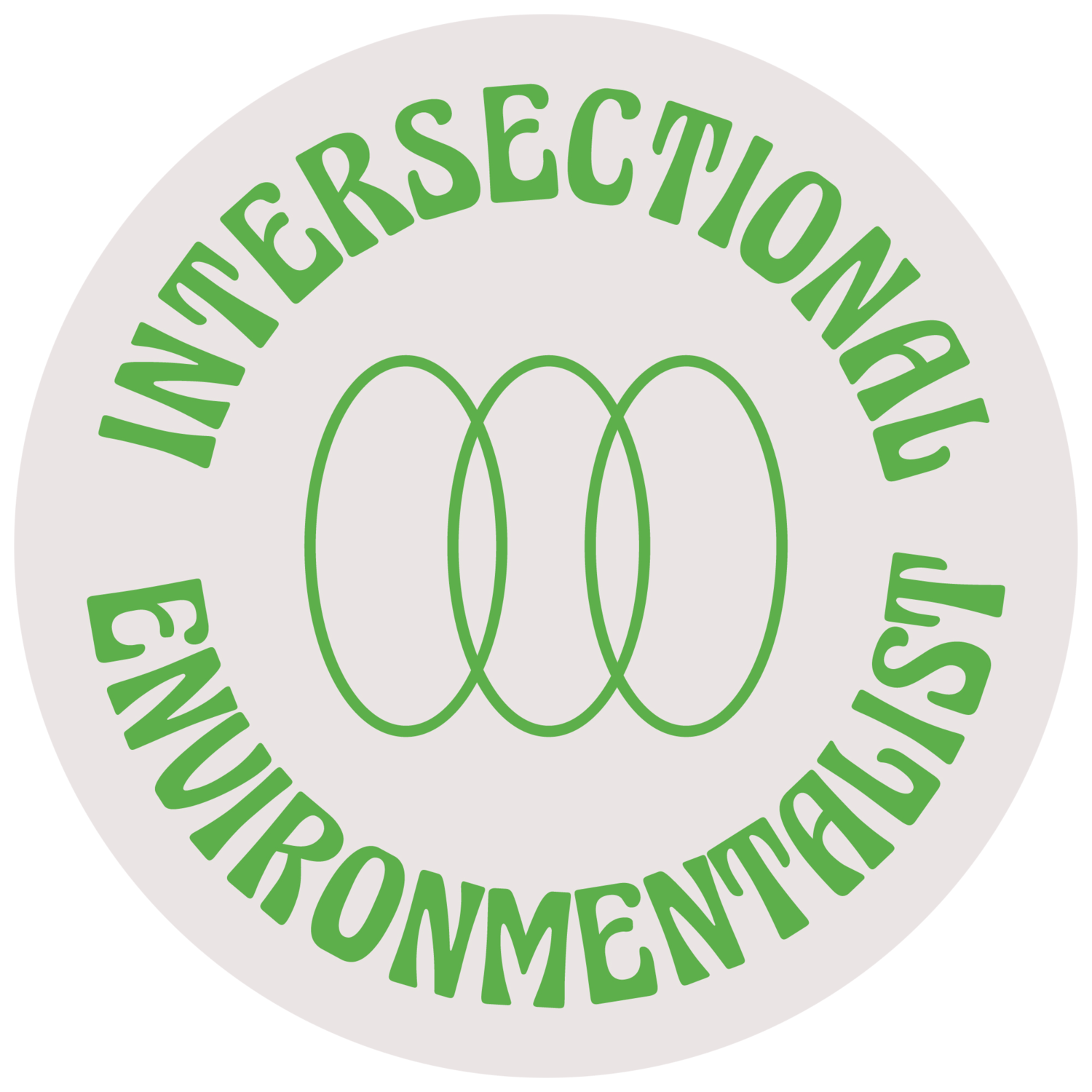
intersectionalenvironmentalist.com
The Intersectional Theory was developed by Kimberlé Williams Crenshaw, a Black woman and American lawyer, civil rights advocate, philosopher, and a leading scholar of critical race theory. Intersectionality is a theoretical framework for understanding how each aspect of a person’s social and political identities like gender, sex, race, class, sexuality, religion, ability, physical appearance, and height naturally create unique modes of discrimination and privilege. The Intersectional Environmentalist is made up of a group of activists and advocates working towards dismantling systems of oppression in the environmental movement. They provide space for the Black, Latinx, US Indigenous, LGBTQ+, South Asian, and Allied communities as they share information on agriculture, fashion, education, and waste.
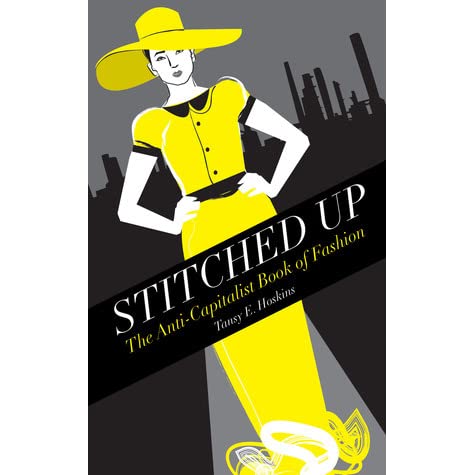
Stitched Up: The Anti-Capitalist Book of Fashion
By Tansy Hoskins
Ah, capitalism. Property rights, capital accumulation, wage labor, monetary exchange, and competitive markets. Keeping it light, you know? In Stitched Up, Tansy Hoskins analyzes the role consumerism has in our society, warping our priorities, self image, and wallets. The fashion industry is HUGE and contributes to many different forms of global exploitation like child labor, environmental devastation, and racism.
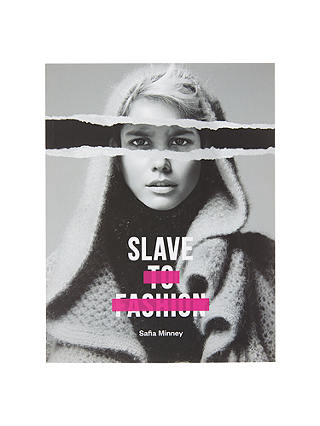
Slave to Fashion
By Safia Minney
Interviews, photos, graphics, and micro documentaries make up Slave to Fashion, uncovering a part of modern slavery existing in our world today. Have you ever looked into which companies benefit from slave labor? Yes, today. Safia Minney does an excellent job breaking down how and why ethical, luxurious fashion is both possible and necessary.
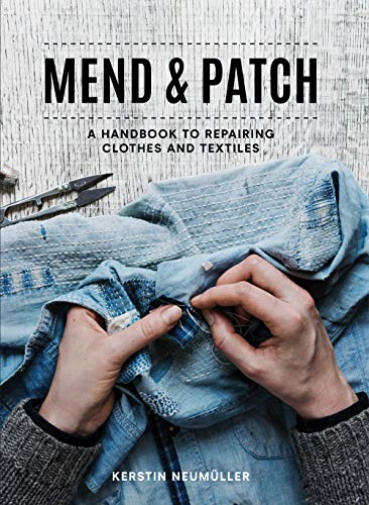
Mend and Patch
By Kerstin Neumüller
Learning how to take care of your clothes by mending, patching, and repairing them can extend each piece for years to come. I took a sewing class in high school and it wasn’t as hard as I had expected. It’s just another skill that takes time and patience to develop. It’s been a while since I have sewn my own clothes, but I just got a (secondhand!) sewing machine for my birthday and quickly realized how many things I have laying around that haven’t been used just because they needed a button or quick modification. I highly recommend learning about how to properly care for your clothes, which ties back to A Life Less Throwaway.
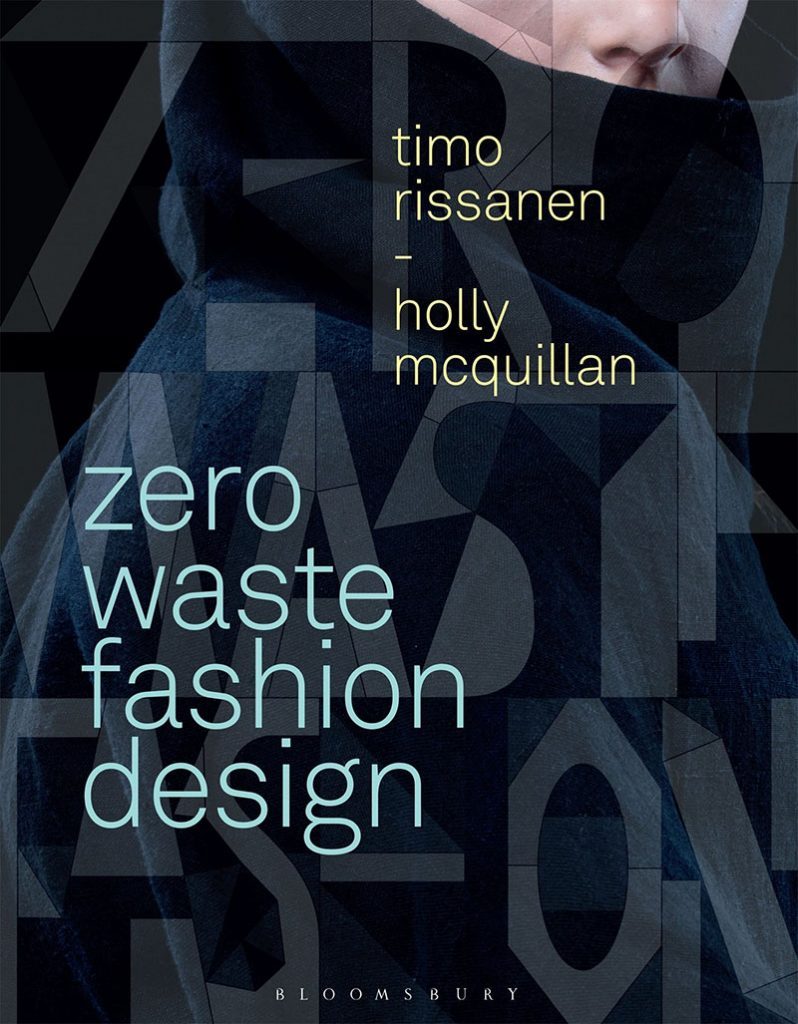
Zero Waste Fashion Design
By Timo Rissanen & Holly McQuillan
Zero Waste Fashion Design is written specifically for my fellow designers. This book shares techniques, criteria, and technology which allow for designing without creating waste. Growth, adaptation, and experimentation are constant in creation and if we want to continue to create, we need to know how to do so in a way that benefits ourselves, everyone else, and the Earth.
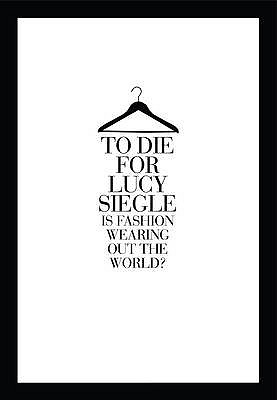
To Die For: Is Fashion Wearing Out The World?
By Lucy Siegle
This book can tie to Covid-19 and the economy crashing. With the way our society operates it is inevitable that we will have highs and lows, and learning how to weave high fashion into ethical shopping can be used as a key to assist in healing and regrowing our market.


